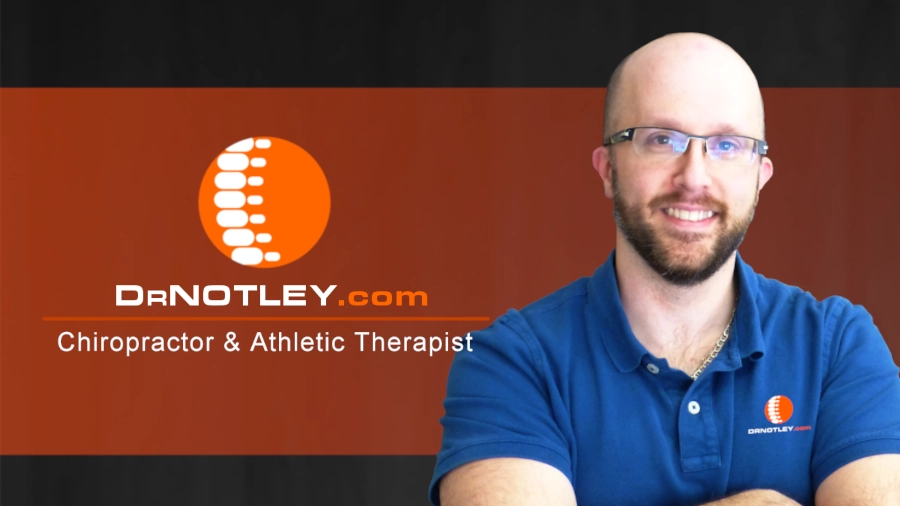To perform movement optimally we need joint centration. This requires proper joint positioning. Joint positioning is influenced by joint mobility and stability. Check out this article, by Dr Hans Lindgren, who explains it more
Joint centration » Hans Lindgren DC.
How we move isn’t always proper. These are known as faulty movement patterns. They may be the result of previous injuries, lack of movement or even from poor technique taught by professionals. What I do in my practice is to find faulty movement patterns and correct them. These corrections are to be learned so that the faulty patterns can become unlearned. It requires continued practice and not just for a short time.
It’s like trying to learn something for school. Which method will help you better retain the information for the long term? Cramming for the exam or continually re-studying the information over a long period of time. This goes for learning a new movement pattern. Keep revisiting the movement to correct until it becomes habit and then apply the pattern in more stressful situations.
One of the major faults of my patients is that they stop working on their exercises once their pain is gone. The pain will likely return because they will return to their old movement habits. The patterns have not been learned therefore is more stressful situations the old habits will return.
My Favorite quote from this article
Sometimes these faulty development patterns have resulted in altered structure that has permanently affected posture and joint development. These changes can of course not be trained away, but what we can do is to train the brain to use the body in the best way that it can. Joint function can still be vastly improved even if the structure is less than ideal.
Originally posted on May 17, 2022 @ 4:37 pm
